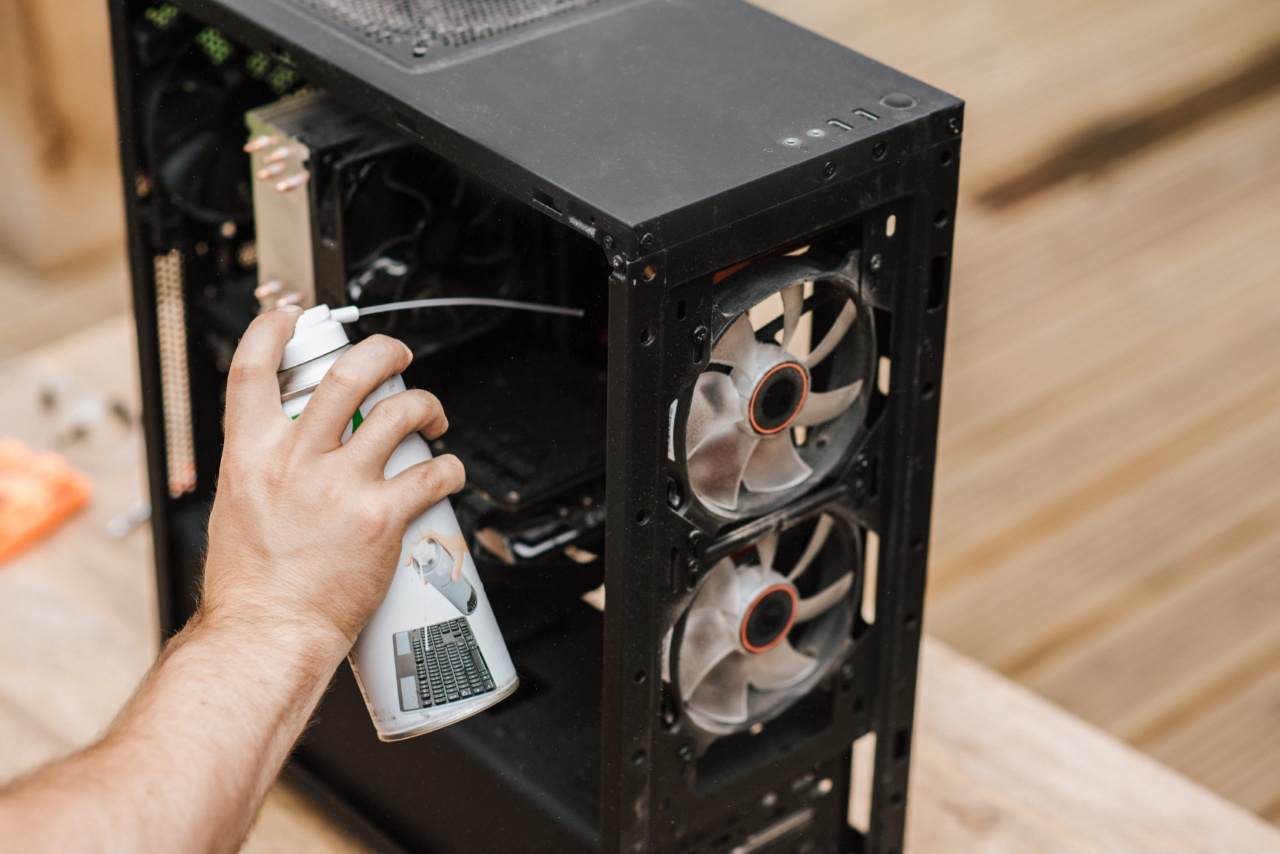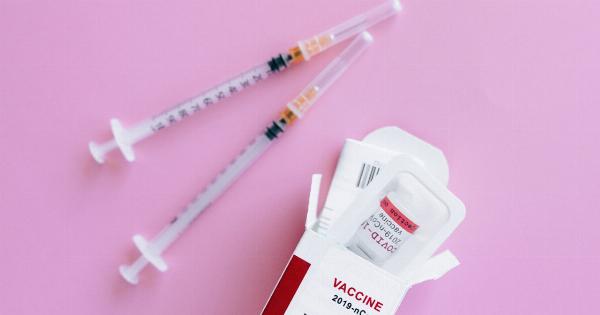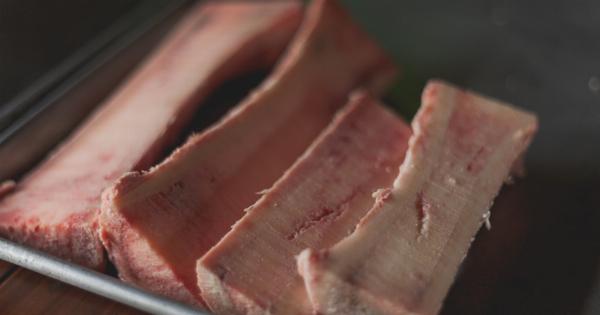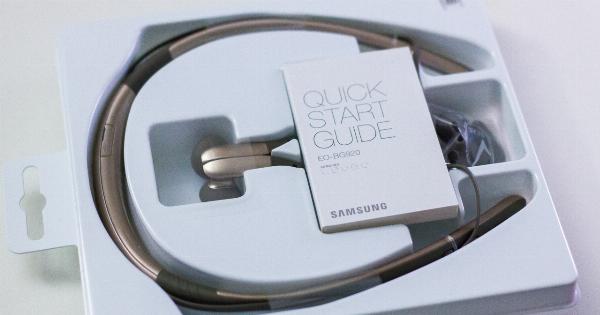Bile removal is a medical procedure in which bile, a yellow-green fluid produced by the liver to aid in digestion, is drained out of the body. Bile removal is often required when there is a blockage or dysfunction of the liver or the gallbladder.
This article will provide a detailed and comprehensive guide on the process of bile removal.
Why Bile Removal is Necessary?
Bile removal is a necessary procedure for various medical conditions that affect the liver and the gallbladder. One of the most common reasons for bile removal is the presence of gallstones.
Gallstones are hard, stone-like deposits that develop in the gallbladder, causing inflammation, pain, and discomfort. In some cases, these stones can become lodged in the bile duct, causing a blockage, and leading to a backup of bile in the liver.
Bile removal is also necessary for patients who have undergone liver transplant surgery. In this case, bile removal ensures that the new liver is functioning as it should, without any complications.
Furthermore, disease conditions such as primary biliary cholangitis, bile duct cancer, and other liver diseases may require bile removal.
The Process of Bile Removal
Bile removal is a medical procedure that should only be performed by a qualified and experienced physician. The procedure can be performed in a hospital, clinic, or an outpatient facility.
Although the procedure may vary depending on the underlying medical condition, the general process of bile removal includes the following:.
Step 1: Administering Anesthesia
Before the bile removal procedure begins, the patient is given anesthesia to ensure that they do not feel any discomfort during the procedure. The type of anesthesia used depends on the type and complexity of the procedure.
Step 2: Inserting a Needle
Once the patient is under anesthesia, the physician will insert a needle into the bile duct through the skin. This is done under the guidance of an ultrasound or other imaging techniques to ensure the correct placement of the needle.
Step 3: Draining Bile
Once the needle is correctly placed in the bile duct, the physician will gently suction out bile. The process may take some time, depending on the amount of bile that needs to be drained.
Step 4: Removing the Needle and Dressing the Wound
After the bile removal is complete, the physician will remove the needle and dress the wound. The patient will be monitored for some time to ensure that there are no complications and that they are comfortable.
Possible Complications of Bile Removal
Although bile removal is considered safe when performed by qualified professionals, there are possible complications that patients should be aware of. Some of these include:.
Bleeding
The insertion of the needle into the bile duct can cause bleeding, which may require further medical attention.
Infection
There is a risk of infection where the needle was inserted into the bile duct. Patients should monitor the wound and contact a physician if there is any redness, swelling, or drainage.
Pain
Bile removal can cause mild to moderate pain and discomfort. However, over-the-counter pain relievers or prescription pain medications can help manage the pain.
Injury to surrounding organs
In rare cases, the insertion of the needle may damage surrounding organs such as the liver, pancreas or intestines.
Recovery After Bile Removal
Recovery after bile removal varies depending on the underlying condition that required the procedure. Patients should avoid strenuous activities for a few days and follow physician instructions regarding diet and medication.
It is essential to monitor for any signs of infection at the wound site.
Conclusion
Bile removal is a necessary procedure for various medical conditions affecting the liver and the gallbladder.
If you are experiencing symptoms such as abdominal pain, fever, nausea or vomiting, consult your physician to determine if bile removal is necessary. The procedure is generally safe but comes with possible complications such as bleeding, infection and pain. Follow physician instructions for recovery and monitor for any signs of infection.




























